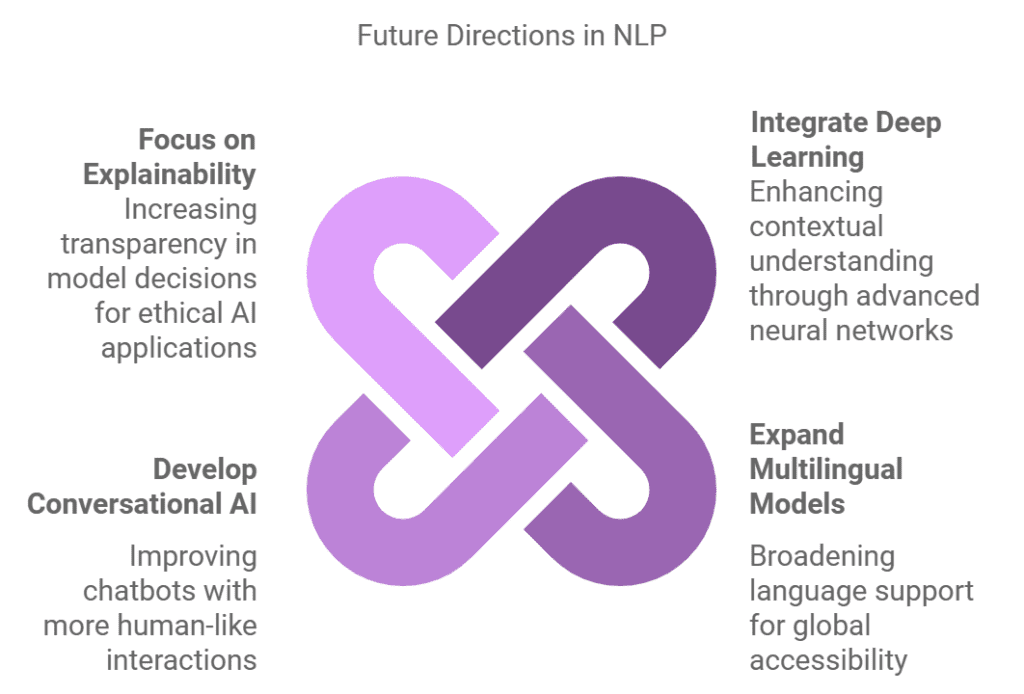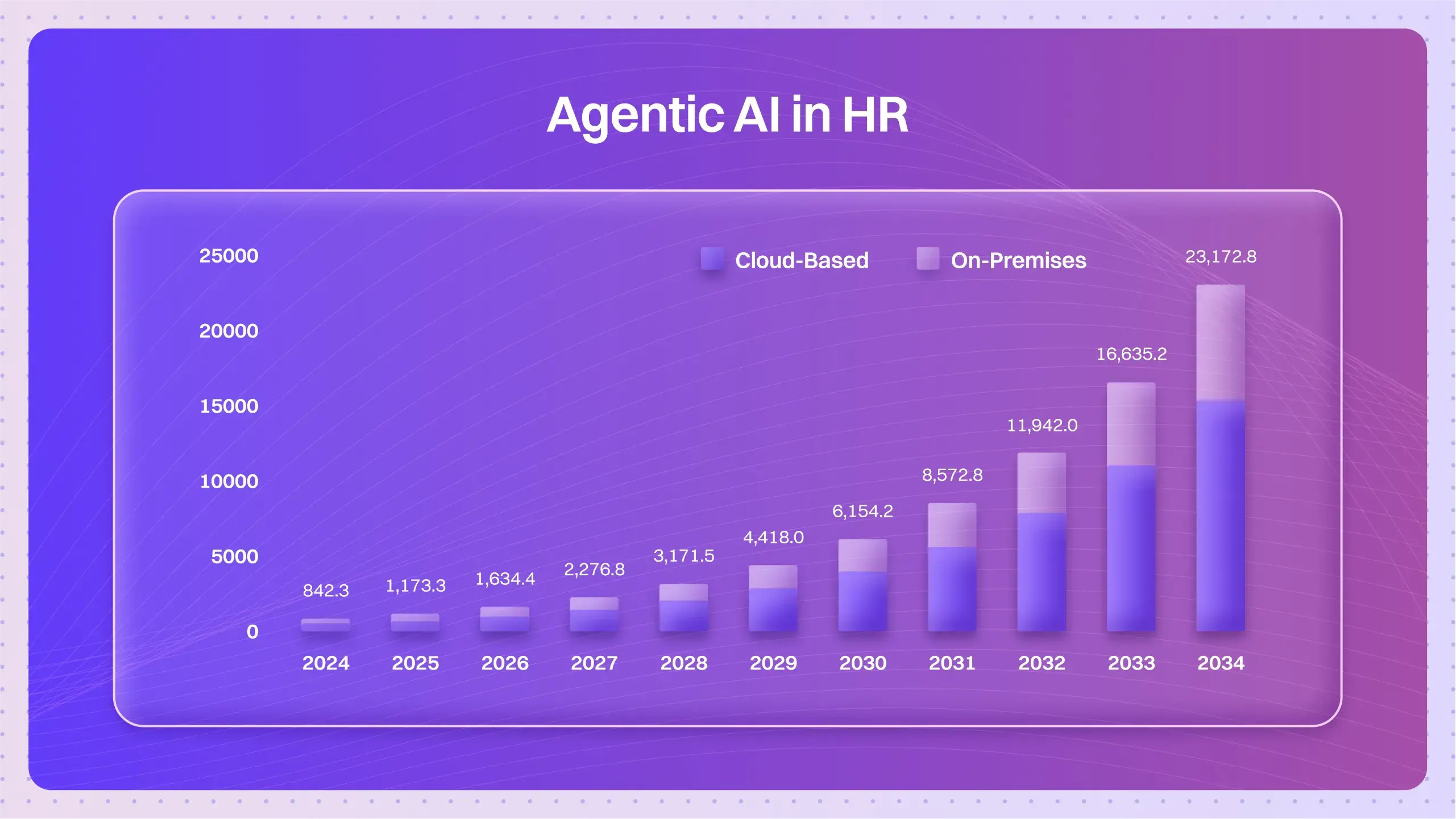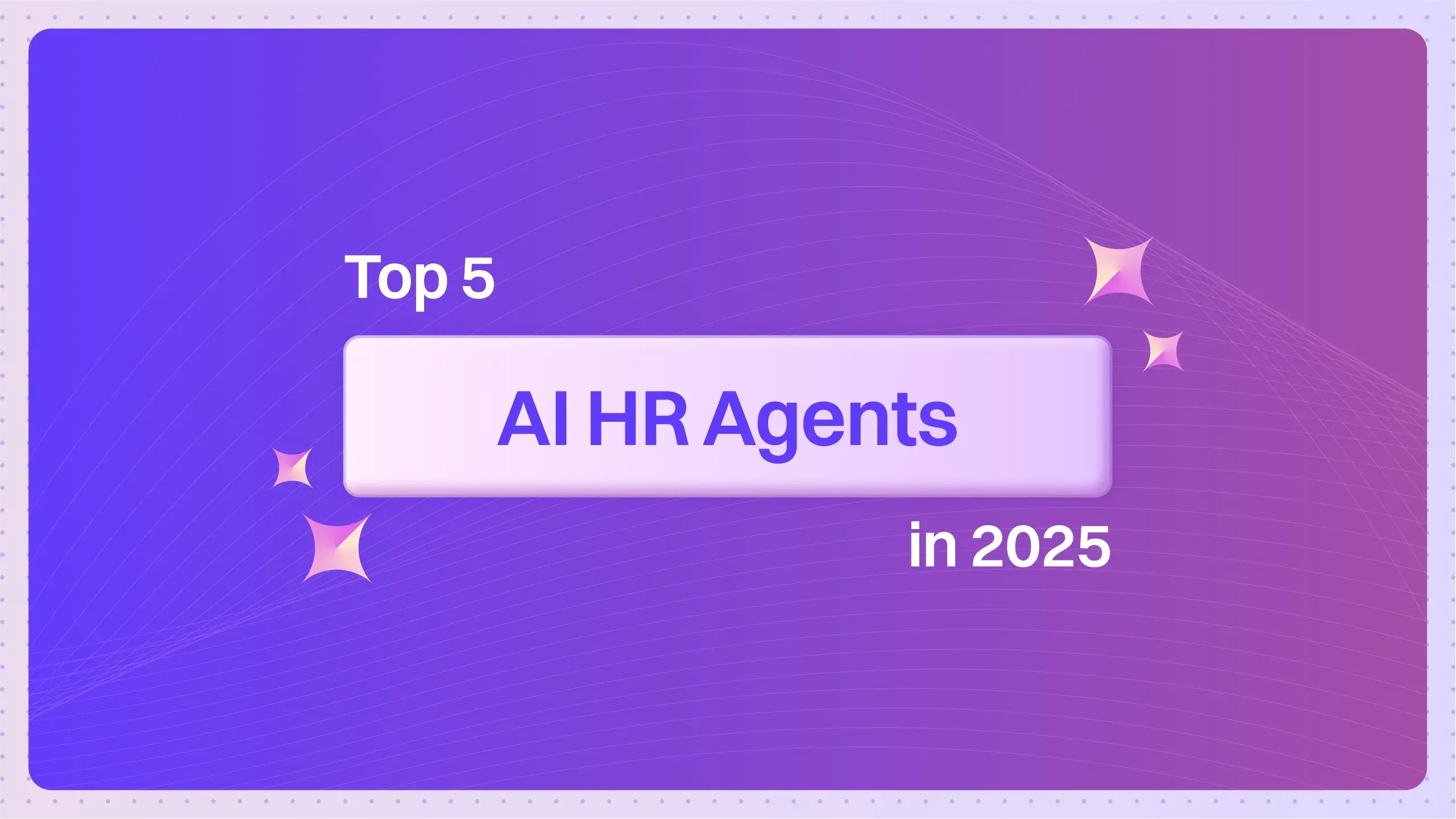What is NLP?
NLP, or Natural Language Processing, is a branch of artificial intelligence that focuses on the interaction between computers and human language. It encompasses a range of NLP techniques aimed at understanding, analyzing, and generating human text and speech. By enhancing language understanding and text analysis, NLP facilitates numerous applications, from conversational AI to automated translations.
How does NLP enhance language understanding and analysis?
Natural Language Processing improves language understanding by employing computational methods to interpret and generate human-like responses. Here’s how NLP techniques work:
- Tokenization: Dividing text into smaller units such as words or sentences.
- Part-of-Speech Tagging: Identifying grammatical roles (e.g., nouns, verbs) for better context analysis.
- Named Entity Recognition (NER): Extracting specific entities like names, dates, and locations.
- Sentiment Analysis: Evaluating the emotional tone behind text (e.g., positive, negative, neutral).
- Text Summarization: Condensing lengthy content into brief summaries.
- Machine Translation: Converting text between languages while preserving meaning.
- Language Models: Advanced models like BERT and GPT understand semantics and context for better predictions.
Through these methods, NLP significantly improves applications in text analysis and enables machines to process human language more effectively.
Common uses and applications of NLP in real-world scenarios
NLP has become indispensable in modern industries due to its ability to automate and enhance language understanding. Below are some of its key applications:

- Sentiment Analysis: Analyzing social media or customer feedback for brand perception.
- Chatbots and Virtual Assistants: Enhancing customer interactions through intelligent conversational systems.
- Text Summarization: Creating concise versions of long articles for easier consumption.
- Language Translation: Bridging communication gaps with real-time translation services.
- Information Retrieval: Powering search engines with precise and contextual results.
- Healthcare: Assisting in medical transcription and extracting key insights from patient records.
These use cases highlight how NLP applications streamline operations and improve decision-making across diverse sectors.
What are the advantages of using NLP techniques?
Implementing NLP techniques provides organizations with the following benefits:
- Efficiency: Automates labor-intensive tasks like text categorization and analysis.
- Scalability: Handles massive volumes of unstructured data, enabling data-driven insights.
- Improved Accuracy: Leverages advanced models like Language Models for precise outputs.
- Cost Reduction: Minimizes human intervention in repetitive tasks.
- Personalization: Delivers tailored content through advanced text analysis.
- Multilingual Capability: Supports applications in multiple languages, expanding reach globally.
By leveraging NLP, businesses can enhance their processes, improve customer satisfaction, and gain actionable insights.
Are there any drawbacks or limitations associated with NLP?
Despite its transformative potential, NLP faces challenges:
- Ambiguity in Language: Understanding context-dependent phrases can be challenging for models.
- High Data Requirements: Training advanced NLP models like BERT requires large datasets.
- Language Variability: Handling multiple dialects, idioms, and expressions remains a hurdle.
- Computational Resources: Advanced NLP techniques demand significant processing power.
Addressing these limitations requires a combination of technological advancements and domain expertise.
Can you provide real-life examples of NLP in action?
A prominent example is Google Translate, which uses advanced NLP algorithms for accurate language translation. By leveraging contextual information and large datasets, it enables seamless communication across over 100 languages. Another example is Amazon Alexa, which employs language models to understand voice commands and provide relevant responses.
How does NLP compare to similar concepts or technologies?
Compared to Machine Learning, NLP specifically focuses on human language, dealing with text and speech. Unlike speech recognition, which converts speech to text, NLP delves deeper into understanding the meaning and context behind the text. While both fields often overlap, NLP is crucial for semantic tasks like sentiment analysis and conversational AI.
What are the expected future trends for NLP?
In the future, NLP is expected to:


- Integrate Deep Learning: Enhance contextual understanding through advanced neural networks.
- Expand Multilingual Models: Broaden language support for global accessibility.
- Develop Conversational AI: Improve chatbots with more human-like interactions.
- Focus on Explainability: Increase transparency in model decisions for ethical AI applications.
These advancements will make NLP more versatile and effective across industries.
What are the best practices for using NLP effectively?
To implement NLP effectively:
- Ensure Data Quality: Clean and preprocess datasets for better performance.
- Fine-Tune Models: Adapt pre-trained models like GPT for domain-specific tasks.
- Monitor Performance: Continuously evaluate model accuracy using metrics like BLEU scores.
- Stay Updated: Incorporate the latest advancements in NLP techniques.
Are there detailed case studies demonstrating the successful implementation of NLP?
A notable case study is IBM Watson, which leverages NLP to analyze unstructured healthcare data. By implementing text analysis and entity recognition, Watson assists doctors in diagnosing diseases, leading to more accurate and timely patient care.
What related terms are important to understand along with NLP?
- Natural Language Understanding (NLU): Focuses on comprehending language meaning.
- Natural Language Generation (NLG): Concerns creating human-like text outputs.
- Text Mining: Extracting useful information from unstructured text.
Understanding these concepts enriches your knowledge of NLP’s broader framework.
What are the step-by-step instructions for implementing NLP?
- Define the Objective: Specify the task, such as translation or sentiment analysis.
- Collect Data: Gather relevant text data for training and evaluation.
- Preprocess Text: Tokenize, normalize, and remove noise from the data.
- Choose an NLP Model: Select pre-trained models (e.g., GPT, BERT) or custom architectures.
- Train and Fine-Tune: Adjust the model for specific tasks using training data.
- Evaluate: Use metrics like accuracy or BLEU scores to assess performance.
- Deploy: Implement the model into your application and monitor outcomes.
Frequently Asked Questions
Q: What is NLP?
A: NLP, or Natural Language Processing, is an AI field focusing on the interaction between computers and human language, involving tasks like language understanding and text analysis.
Q: How do NLP techniques improve text analysis?
A: NLP techniques process language data using tokenization, parsing, and machine learning to extract meaningful insights.
Q: What are the benefits of using NLP?
A: NLP enhances efficiency, supports multilingual tasks, and provides actionable insights from text data.
Q: What are the key methods used in NLP?
A: Tokenization, NER, sentiment analysis, and machine translation are critical NLP techniques.
Q: How is NLP used in applications?
A: NLP powers chatbots, search engines, and sentiment analysis tools, improving user interaction and data processing.






